10 Children’s Sun Safety Tips From an Expert That Every Parent Needs to Know This Summer
Before you jet off on a family sunshine holiday, make sure you’re familiar with these vital sun protection tips from a dermatologist
8 July 2019
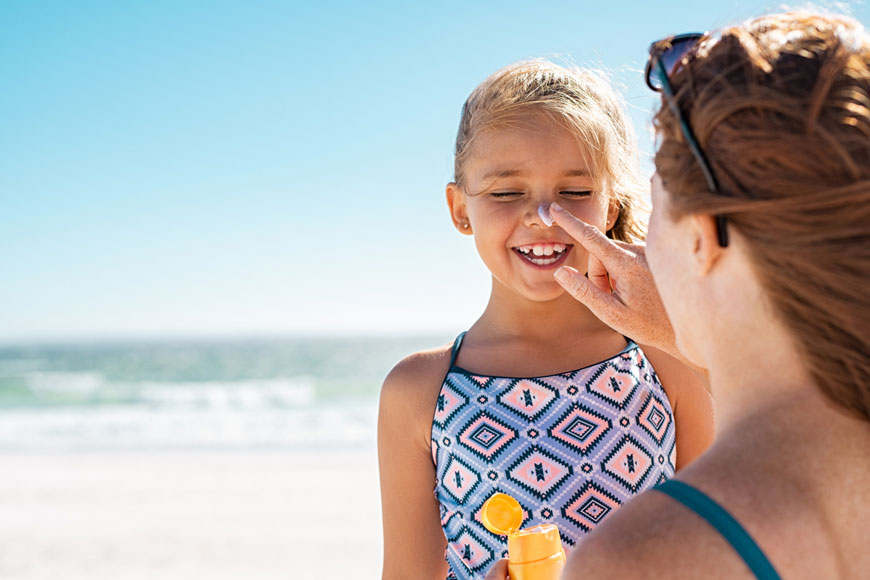
All Credits: PA
Whatever the weather, many families are looking forward to jetting off abroad to catch some rays. And good sun protection is a vital part of enjoying the sunshine, particularly for children.
Yet new research from the pre-school channel Disney Junior UK has revealed nearly half of parents (49%) are unsure how often to apply sunscreen to their children, and 46% don’t apply enough.
So the British Association of Dermatologists (BAD), has teamed up with Disney Junior UK to help protect children from the sun. Disney Junior UK is giving away 10,000 packs of sun stickers, featuring characters from its child vampire show Vampirina, to parents in selected supermarkets and airports throughout the summer. The stickers can be put on children’s skin, and change colour when it’s time to reapply sunscreen.
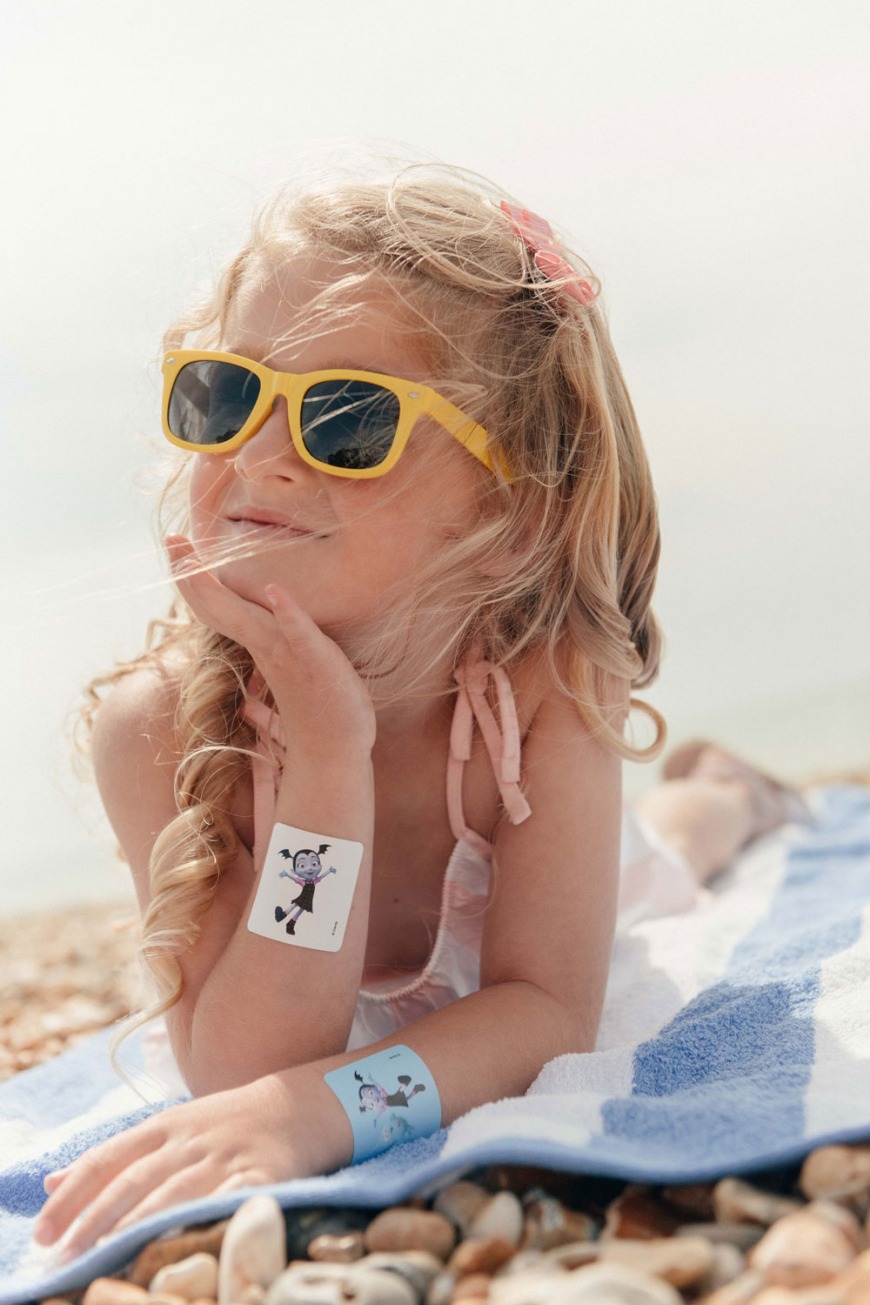
In addition, dermatologist Dr Sweta Rai from BAD appears on Disney Junior UK’s Parenting Hacks podcast, offering parents advice on sun safety.
Dr Rai stresses: “Children’s skin can burn easily, and this will predispose them to developing skin cancer later. One single episode of sunburn under the age of 20 can increase the risk of skin cancer in later life so it’s really important to get kids into good habits from a young age.”
SEE LASO: 6 Ways to Keep the Kids Cool During Summer
She offers these sun safety tips:
1. Avoid the midday sun
The sun is strongest and its UV rays the most intense between 11am and 3pm, so the best way to protect children’s skin then is to avoid direct sunlight and seek shade.
3. Sunscreen expires
Like any skin creams, sunscreens do expire. Their efficacy lasts a certain time so check the expiry date when you find it in the back of the cupboard.
4. Use sunscreen on all exposed skin
If avoiding direct sun isn’t possible, cover all exposed areas of your child’s skin with sunscreen containing SPF 30 or above, which also has high UVA protection.
“It’s important to cover all exposed areas, particularly the face, trunk and arms, and for those with sparse or no hair the scalp is important,” says Rai. “And don’t forget the back, ears and back of the neck. People often get burned on their backs as it’s an area where sunscreen application is quite difficult.”
5. Check easily missed areas
With squirmy children, it’s easy to miss patches when applying sunscreen. Don’t forget to check easy-to-miss areas such as the ears, tops of feet and hands, scalp and back of neck.
Rai says: “In clinical practice, I most commonly see sun damage on the scalp, eyes, ears, behind the ears and the backs of necks. These are all common sites for skin cancer. It’s important not to forget lips either, and there are UV protective and water-resistant lip balms available. Although you can use sunscreen on lips, lip balms can be more practical.”
7. Make it fun
To make sunscreen application more fun for young children, try drawing a picture or writing a word as you squeeze the sunscreen onto their skin, maybe one letter on each limb, torso etc. Then ask them to guess what the picture or word is, and tell them they can help rub it out (i.e. spread it onto their skin).
Alternatively, do a ‘join the dots’ with the sunscreen, letting them spread the cream from one dot to the next.
“Applying sunscreen should be built into family routines when kids are growing up, to help create habits that last a lifetime,” says Rai.
The Disney research found 57% of parents don’t apply sunscreen to their children when it’s cloudy, but children can burn in the shade.
Rai warns: “Even if you’re sitting in the shade, depending on the thickness of cover, UV light can still penetrate through and it’s possible to burn. UV rays can also reflect off other surfaces and cause sun damage. Children’s skin is thinner with less weathering than that of an adult, so is more likely to get sunburned in the shade.”
9. Lead by example
Children learn by example, so make sure they see you putting on sunscreen, say how nice it feels on your skin, and explain why you’re putting it on.
Burning and tanning are both harmful to the skin.
Rai explains: “I see a lot of skin cancers as a result of chronic low-grade sun exposure which can come from sun tanning. Even if you’re not being burned, suntan is a sign of skin damage, which can lead to skin cancer, so it’s important to protect yourself properly.”










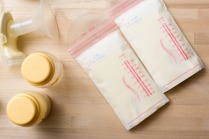









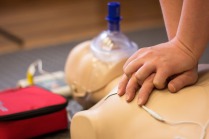



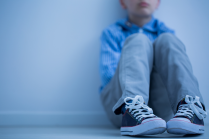
.png?itok=SvZPqMHH)




.png?itok=uB2ieOR7)












